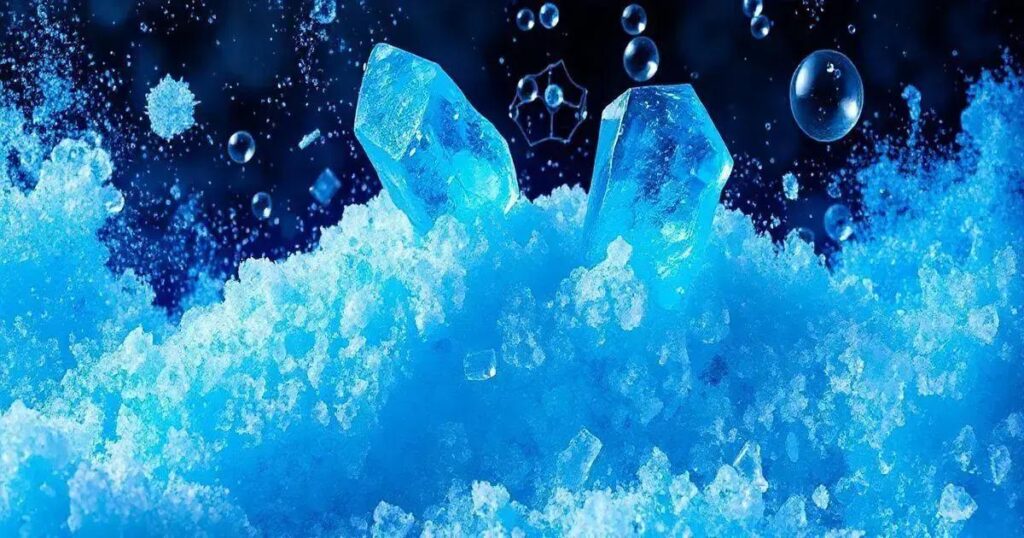The Blue Salt Trick is a captivating chemistry experiment involving copper sulfate that demonstrates key concepts such as chemical reactions and color changes, making it an excellent educational tool for understanding the science behind solubility and reactions while also having practical applications in agriculture and art.
Have you ever wondered what is the science behind the Blue Salt Trick? This fascinating phenomenon captivates audiences and is rooted in scientific principles. In this article, we will explore the underlying chemistry, practical uses, and some fun facts that will amaze you. Get ready to dive into the magical world of blue salt and uncover the secrets that make it so special!
Understanding the Blue Salt Trick
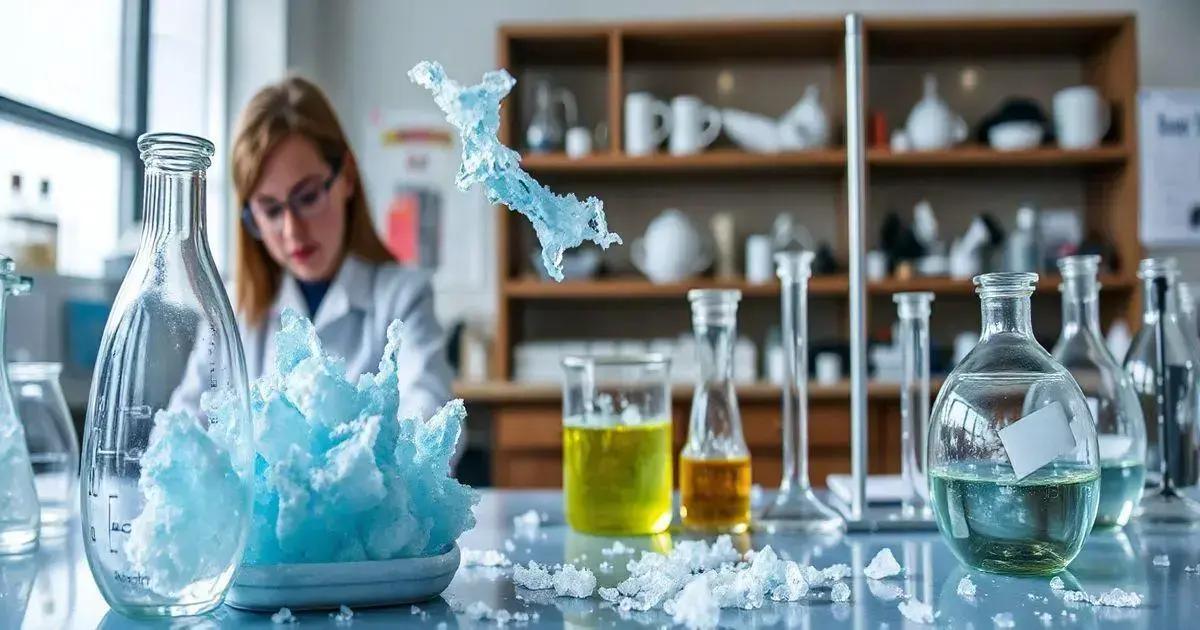
The Blue Salt Trick is a captivating experiment that reveals the wonders of chemistry in an engaging way. It involves using blue salt, typically composed of copper sulfate, to demonstrate various scientific principles. The vibrant blue color is not just for show; it plays a crucial role in the chemical reactions that occur during the trick.
What is Blue Salt?
Blue salt, scientifically known as copper sulfate (CuSO4), is a widely used chemical compound. It appears as bright blue crystals and has various applications in agriculture, chemistry, and even arts and crafts. It is important to handle copper sulfate with care, as it can be toxic if ingested.
The Basics of the Trick
In the Blue Salt Trick, the blue salt is often mixed with water to create a solution. When certain reactions occur, the blue color can change, which fascinates viewers. This change is a visual demonstration of how chemical reactions can alter the properties of substances.
Why is it Important?
Understanding the Blue Salt Trick is crucial because it helps illustrate essential scientific concepts such as solubility, reaction rates, and color changes in chemistry. These principles are foundational for learning and exploring more complex chemical reactions.
With its vibrant colors and engaging processes, the Blue Salt Trick serves as an excellent teaching tool for educators looking to spark interest in science among students. By visually showcasing the reaction, learners can see firsthand the importance of chemical compounds and their behaviors.
Environmental Considerations
While the Blue Salt Trick is fun and educational, it’s important to remember that copper sulfate can be harmful to aquatic life. Proper disposal and safety measures should be emphasized when conducting this experiment. Educators should teach students about the importance of responsible chemical use and disposal practices.
The Science Explained
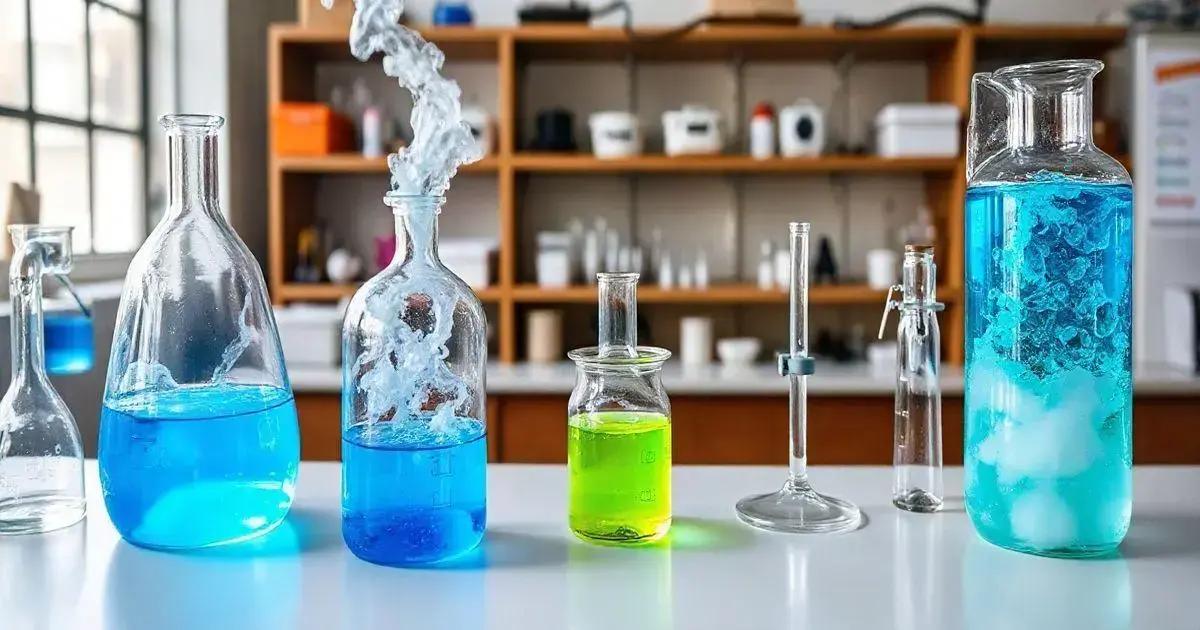
The Blue Salt Trick has a fascinating scientific foundation that hinges on the principles of chemistry. When we work with blue salt, which is copper sulfate, we engage with various chemical reactions that showcase important concepts.
The Chemistry of Copper Sulfate
Copper sulfate (CuSO4) is a salt that occurs naturally and can also be synthesized in laboratories. Its brilliant blue color is due to the presence of copper ions. Understanding these chemical properties helps us to unravel the mystery behind the Blue Salt Trick. When dissolved in water, copper sulfate separates into copper and sulfate ions, allowing for interesting interactions.
Chemical Reactions Behind the Trick
The magic of the Blue Salt Trick lies in the chemical reactions that take place. When a reactant, such as a reducing agent, is added to a solution of blue salt, a color change occurs. Depending on what is added, the solution can transition from blue to colorless or even other colors. This visual change demonstrates the reaction between copper ions and the reducing agent, which can be a fun and educational experience.
Factors Affecting the Reaction
Several factors can influence the outcome of the Blue Salt Trick. These include the concentration of copper sulfate in the solution, the temperature of the water, and the type of reducing agent used. For example, heating the solution can speed up the reaction process, resulting in quicker color changes.
Application of Scientific Principles
The Blue Salt Trick is an excellent way to demonstrate key scientific principles such as solubility, reaction kinetics, and colorimetry. By visually observing these changes, learners can better understand how various substances interact in chemical processes and the significance of concentration and temperature in reactions.
Practical Applications of the Blue Salt Trick
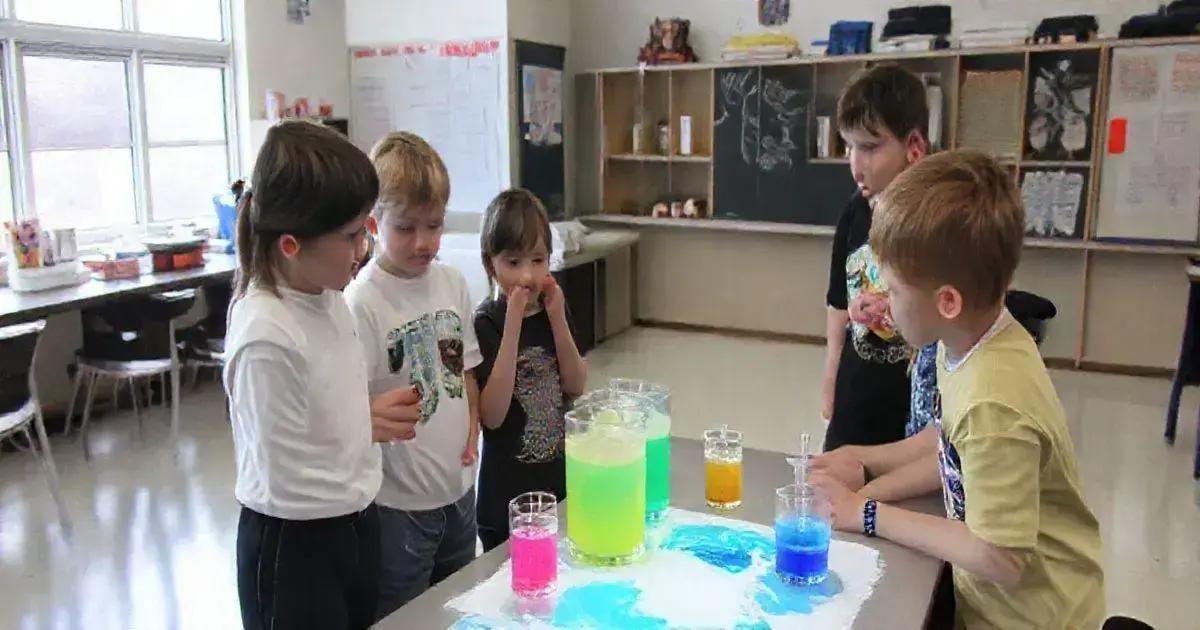
The Blue Salt Trick is not just a fun experiment; it has several practical applications in various fields. Understanding these applications can help students and science enthusiasts appreciate the relevance of chemistry in everyday life.
Educational Demonstrations
The Blue Salt Trick is commonly used in schools to teach students about chemical reactions and solutions. It visually demonstrates how substances interact, making it easier for students to grasp complex concepts in chemistry. This experiment engages learners and encourages curiosity about scientific principles.
Chemical Analysis
Beyond the classroom, copper sulfate has practical applications in chemical analysis. The Blue Salt Trick can be utilized to illustrate how different chemicals can alter the properties of a solution. For instance, it helps in understanding oxidation and reduction processes, which are essential in metallurgical and environmental chemistry.
Artistic Expressions
Artists and crafters often use blue salt in their creations. The vibrant color of copper sulfate can be combined with other materials to create unique art pieces. Beyond a mere trick, it inspires creativity in various artistic fields by showcasing color changes and transformations.
Agriculture and Gardening
Copper sulfate is also used in agriculture as a fungicide and bactericide. While the Blue Salt Trick serves mainly as a visual demonstration, it highlights the importance of copper compounds in promoting plant health. Understanding these relationships can help gardeners effectively manage plant diseases and improve crop yields.
Fun Facts and Trivia about Blue Salt
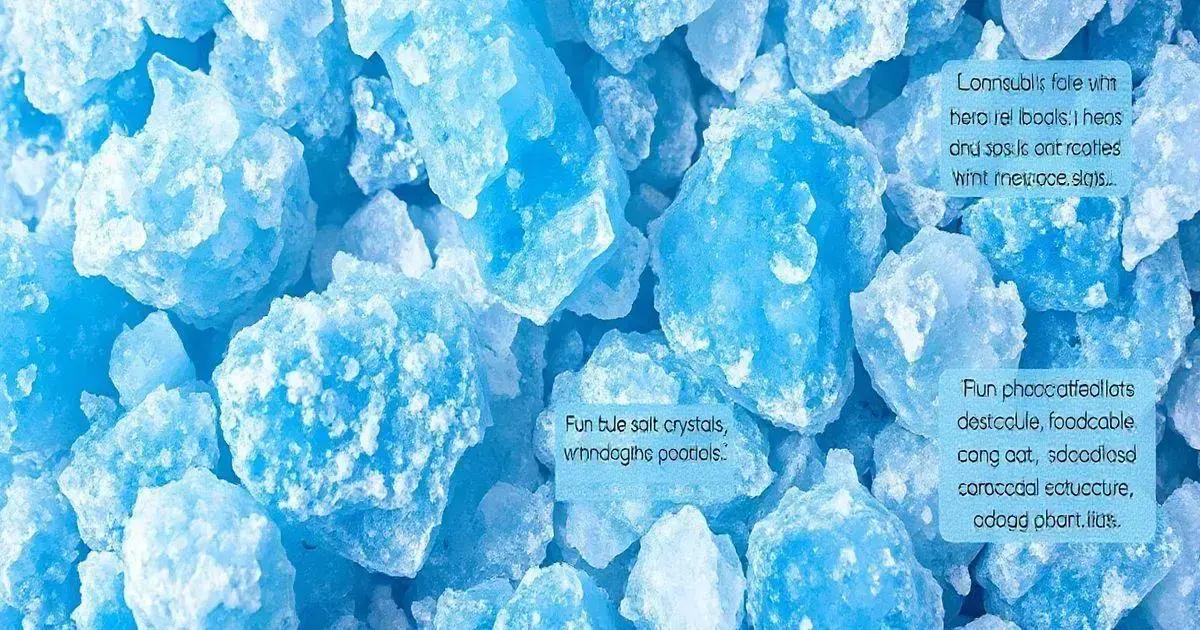
Blue salt, or copper sulfate, is full of interesting facts and trivia that can enhance your understanding of this unique compound.
Ancient Origins
Copper sulfate has been known for centuries. Ancient cultures used it in agriculture and for medicinal purposes. It showcases how humans have harnessed the power of nature long before modern science.
Color and Composition
The striking blue color of blue salt is due to the copper ions in its structure. This color is a clear indicator of its presence and allows for easy identification in various applications.
Water Solubility
Copper sulfate is highly soluble in water. This property makes it valuable in many chemical reactions and experiments, including the Blue Salt Trick. The solubility of blue salt demonstrates key scientific principles related to solutions.
Uses Beyond Chemistry
Beyond its scientific applications, blue salt is used in different industries. It is common in agriculture as a fungicide and is also used in electroplating processes to enhance the quality of metal surfaces.
Creative Outlets
Artists often use copper sulfate for creative experiments, including creating stunning blue dyes. The vibrant color creates unique effects when mixed with other materials, inspiring many art projects.
Safety Note
While blue salt is fascinating, it’s essential to handle it with care. Copper sulfate can be toxic if ingested and should be used responsibly, especially in educational settings.
In Summary: The Fascinating Science of Blue Salt
The Blue Salt Trick serves as an engaging introduction to the wonders of chemistry, illustrating how substances interact and react in our world.
From understanding the chemical properties of copper sulfate to its practical applications in education, agriculture, and art, blue salt offers a unique lens through which to explore scientific principles.
Fun facts and trivia about blue salt not only enhance our knowledge but also spark curiosity and inspire creativity.
By fostering a deeper appreciation for the science behind the Blue Salt Trick, we can unlock new opportunities for exploration and learning in chemistry and beyond.
FAQ – Frequently Asked Questions about the Blue Salt Trick
What is the Blue Salt Trick?
The Blue Salt Trick is a chemistry experiment that showcases the reactions of copper sulfate in different conditions, often resulting in striking color changes.
What is blue salt made of?
Blue salt, also known as copper sulfate, is composed of copper ions and sulfate ions, giving it its distinct blue color.
How does the Blue Salt Trick demonstrate chemistry concepts?
The experiment illustrates key concepts such as solubility, reaction rates, and color changes, aiding in understanding chemical reactions.
What are the safety precautions for using blue salt?
It is important to handle blue salt carefully, as copper sulfate can be toxic if ingested. Use gloves and avoid direct contact with skin.
Can the Blue Salt Trick be used in classrooms?
Yes, the Blue Salt Trick is a popular educational demonstration that engages students and helps them learn about chemical interactions.
What are some fun facts about blue salt?
Fun facts include its ancient uses in agriculture and medicine, its role in artistic dyeing processes, and its striking visual characteristics.

